This past weekend I was asked to come in and give a plenary address to a group working through the second cohort of the CIC’s “Humanities Research for the Public Good” initiative. Messiah was in the first cohort and I served as a team member, though in truth almost all the work was done by David Pettegrew, Jean Corey, students, and our community partners working on the Commonwealth Monument project. In the course of our efforts, I think the CIC became aware of all the many good things we do here in Public Humanities work, so I was glad to be able to share with them a little about what we do and how we’ve managed to do it and sustain it over time. Slides from the presentation are available at slideshare, and embedded at the end of this post.
What follows are a few snippets from my presentation—the parts that were a little more written out rather than just talked through extemporaneously.
=========================================================
In preparing for this talk, Phil and Anne gave me about two pages of possible things to address in my talk, things like
- How can we make public engagement a part of the ongoing life of the institution.
- How can this kind of work be sustained.
- How can our institutional missions and the ideal of community outreach or engagement mesh?
- Is there a way to make public humanities projects grow that aren’t simply bootstrapped?
- How can you actually make things grow at all?
- What does a solid program require in terms of administrative support and structure?
- How can institutions see this work as important even when it is not efficient?
- How to scale up. How does that happen.
- How can Faculty and Administrators better understand one another and work together?
I admit that as we were developing this list I was saying to myself “I really hope that Phil and Anne will be able to find someone who can come and answer these questions, because I sure as heck can’t” I say that only partially in jest, because the truth is that institutionalization does not mean what it used to mean, especially in an era when higher ed institutions of our sort are themselves under constant threat and nowhere more than in the areas of the humanities and no where more than in the kinds of institutions supported by the CIC. All of us are in a scramble to get one more student in the door so that they can keep our doors open. To some degree “institutionalization” means you are at least welcome to stay in the scramble. Uncomfortable, yes, but in an era where History and English and Philosophy and Religion and Language majors are being discontinued and de-institutionalized, it does mean that institutionalization is an ongoing and iterative process rather than something that is finally and for all time achieve.
However, I’m going to start whacking a way at this a bit by telling you a bit of our story, not because we have come up with the absolutely best ways of doing these things or answering these question. Rather, my primary claim today is that the most important aspect of institutionalization is story-telling. This may be one area in which we have some distinct advantages because we are, most of us, story tellers of one sort or another. I am fond of saying to my dean and provost colleagues that whatever we read in the best administrators’ handbooks, we aren’t really data-driven. Institutions are story-driven and data informed. Data in itself does not tell us what to value, aspire after, regret, champion, mourn, and envision. Our stories do that. Thus, as you all well know, the stories you can tell about your projects are important. But perhaps even more important for the processes we call institutionalization are the stories you know and can tell effectively about your institutions. Our project stories AND institutional stories, are the most valuable resources you can bring to the table.
[What followed was an extemporaneous discussion of our primary nodes of public humanities work at Messiah University, which I defined as the following: The Digital Humanities Initiative; The Center for Public Humanities; Thriving Together: Congregations for Racial Justice.]
That’s a little of the story of our projects, but I think a little more important for our purposes here is the story of Messiah University as a whole. If I had to declare a rule one for institutionalizing your work, it would be similar to the first rule of fundraising; that is make sure that your pitch is not about you or only about you but is about the person whose attention and affections (and resources) you are trying to win. Too often in seeking the favor of our institutions or donors we end up like the date who spends the evening talking exclusively about himself, to the grief of his partner’s evening. And we end up thinking that either we just need to get better at telling our story to the institution or else the institution just doesn’t get how valuable and important our story is. Instead we need to realize that the most important thing we can do is hear and understand and value our institution’s story, and figure out how our story can possibly fit with what is, in the eyes of the institution, going to be a much larger and more important story. What we are doing when we are asking to have our work “institutionalized” is that we are not asking for “resources”; we are asking that the story we care about can become a part of our institution’s story. Insofar as an institution is concerned, your program qua program is always only a small part of a much bigger and more complex story, and in its own mind it’s own is the much more important story. This is true even if you are making great progress on solving world hunger, on understanding the cultural effects of climate change, or are developing plans for capturing the oral histories of Ukranian refugees. No matter how big your story as an idea, insofar as it is as a program within your institution, the institution’s story is always going to be bigger and more important. Figuring out how your story is or can become part of that story is fundamental.
So, the first thing I’m going to say in that vein may seem somewhat over obvious, but know your mission, it is the foundation stone of your institution’s story and sense of self. Messiah University’s mission and identity statement makes the following claims
“Messiah University is a Christian university of the liberal and applied arts and sciences. The University is committed to an embracing evangelical spirit rooted in the Anabaptist, Pietist and Wesleyan traditions of the Christian Church. Our mission is to educate men and women toward maturity of intellect, character and Christian faith in preparation for lives of service, leadership and reconciliation in church and society.”
On the one hand, such mission and identity statements tend to be bland and even banal affairs, claiming to be original while pretty much saying what everyone else is saying in one way or another. On the other hand, they are portals into your institution’s story and its meanings and values. They are teleological claims that the leaders of your institution take with an earnest seriousness. Within institutions, each bland and seemingly innocuous statement carries a penumbra of interlocking meanings that are embodied in the various workings of your institution, including its planning and decision-making processes. Most institutions, and certainly effective institutions, attempt to find their own way through the thicket of troubles that is higher education by means of its guiding stories, metaphors, and rituals, most typically embodied at the highest order in a sense of mission and a sense of identity.
For instance, Messiah is a University of the applied and liberal arts. In the jargon of higher education, this indicates merely that we are a so-called “comprehensive institution,” with a balanced array of liberal arts and professional programs. In our institutional history, however, it represents and affirms that we were not simply or only a liberal arts college but that we were interested in providing an education that makes a practical difference in the world. In one of my first conflicts with a University President as a young faculty member, I was chastised for comparing what we did to Dickinson College. I was very firmly told that was not a good comparison and that form of a liberal arts college was not something we should aspire to, that we were more like places like Valparaiso another comprehensive institution, or perhaps we could aspire to be like Bucknell. In our instance, the student’s ability to apply and use the education that they receive, most particularly in service to others, is a paramount value.
This practical orientation is reinforced by an identity that calls attention to our roots in the “Anabaptist, Pietist, and Wesleyan” traditions of the Christian faith. This story of origins signals particular kinds of Christian allegiance with particular kinds of values. In our case, the rootedness in these traditions reinforces the preference for practice and the experiential that colors the entirety of our educational ethos. Anabaptists and Pietists, and even to some degree Wesleyans, are notable for their emphasis on practice of the Christian faith rather than reflection on Christian faith. Theological and philosophical traditions of learning and speculation springing from these traditions are notoriously thin when compared with the Catholic intellectual tradition or the robust emphasis on philosophy and theology and the other liberal arts springing from the Reformed churches. Nevertheless, these traditions of the Christian faith remain robust due to an undying commitment to values such as the practice of community life together, the pursuit of justice for and service to others, the personal experience of divine presence, and the pursuit of right living as a result of that experience. These traditions ask less fewer questions such as “What is the world for?” and more questions like “What can we do to make the world better?” This, finally, is reflected in our mission statement that puts a premium on education to specific ends that, again, all have resonance with the idea of practical and fruitful forms living, and especially living together: service, leadership and reconciliation.
Now, this practical and service-oriented ethos is often a burr in the backside of our traditional humanities disciplines, as some of you can probably imagine As an institution, we are not as robustly equipped as some sister liberal arts institutions to counter narratives of impracticality and uselessness in the humanities. Nevertheless, our stories have also been our doorway into a variety of valuable distinctives in our humanities programs, and most particularly for what we have been able to accomplish in public humanities forms of research. The justifications for our programs have relied significantly on the real-world difference such programs would make for our students and for the world at large. While I have often found myself wishing that we had a more traditionally oriented liberal arts ethos on campus, I have mostly felt that it is part of my job to figure out how to create a humanities that works in this place and within this particular set of values, respecting and working with the culture and values of the world in which I have found myself, culture and values expressed at the highest level by a statement of mission and identity.
This attachment to mission happens at a fairly high and abstract level. Practically speaking, I would also encourage to know your strategic plan well and know why it exists and what it is shooting for. I will say that if there are things more bland and less unique than an institution’s mission statement they are probably an institution’s vision statement and strategic plan. Nevertheless, as an internal ritual of storytelling and vision casting, strategic planning is more or less a road map. This is who we are, this is what we would like to become. If you are lucky, it might be that your particular project actually gets in on the ground floor and is central to the strategic plan. This has never really happened for me. More likely, you are going to have to be nimble and plan on every four or five years to have to retell at least part of your story of what you are doing in terms of those large if somewhat bland statements of vision coming out of the strategic planning processes. There is, frankly, not a VP in the country who is going to stand in front of their president and say “I know the strategic plan says we ought to be doing X, but I decided to do Y instead.” Such a VP might (MIGHT!) say to the same president, “We’re working to fulfill Educational goal 3 of Theme 4 in our strategic plan that relates to engaging the public about our value to the region. I’ve got this interesting new public humanities project that I think it might be worth investing a few thousand dollars in and I’d like to ask the development office to write some grants to generate further support.”
In our case at Messiah University this kind of nimble shifting of gears and recasting of our story in terms of the strategic planning process has happened on multiple occasions.
[What followed at this point was an extended extemporaneous discussion of the ways in which we’ve connected public humanities work of various sort to important strategic initiative at the University, if not gaining large sums of money then at least riding the coattails of a general momentum in particular directions. I also briefly discussed the ways we had made use of various kind of policies at the institution to the benefit of our programming, and finally how we had invested in people to achieve some of these ends. I concluded with the following reflection on taking stock of oneself and what it meant to want to have one’s own story institutionalized.]
When I sat down to zoom with Phil Katz and Ann Valk a few weeks ago to discuss what I might talk about, my section in the draft program that Phil shared in our call was named “institutionalizing public humanities”. I admit I read that word “institutionalizing” with a sudden clutch in my gut and catch in my throat. Somewhere in my alligator brain I heard a voice say “EEWW, who would want to be institutionalized?” It does not take much thinking to realize that the institutional man or woman is not usually the one that gets the romantic lead in books and movies. From Huck Finn to Animal House to Invisible Man, to Girl Interrupted, to Shawshank Redemption, institutions, their operations and their representatives are taken to signal the loss of freedom, loss of creativity, loss of passion, loss, indeed, of identity. In our subconscious we assume that institutions mean restraint, the loss of something more real and vibrant and visionary and alive than what we would really be able to do if given the time, opportunity and resources, and especially if we were left to our own devices. Sometimes, lurking unacknowledged beneath the question that asks how our important projects can become institutionalized or become an institutional priority lies the unstated question “How can I get the resources to do what I want to do and be left alone to do it in the way I think it ought to be done.”
My disappointingly short answer to that is “You Can’t.” Part of institutionalizing our passions is a long-term negotiation, not just with our institutions, but with ourselves and our own stories, practices, and desires. Institutionalizing what we do is in part figuring out how our stories practices, and passions must be altered in order to be meshed with the stories and practices and ambitions of these things we call institutions. One of the hardest things about institutionalizing your work, is coming to embrace the fact that it is no longer really your story, or at least not solely your story. At least part of my discussion today implies that one part of the process of institutionalization is coming to term with the fact that our individual dreams will not be realized through institutions, at least not as we had dreamed them. But our dreams of various sorts will be realized and sustained as we give them up, at least in part, to our institutions, our community partners, our students, and many, many others on the way to something we call a public humanities project. That something that results will not be what we originally imagined, but, perhaps, in the end, more than we could have asked or hoped for.

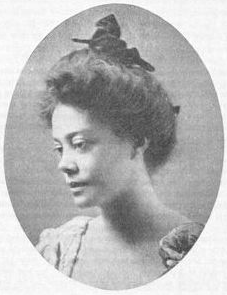 with Harlem, or at most with Harlem and Chicago), it was in truth a national and even international movement, that touched culture in many different times and places. Harrisburg, I learned a few years ago, was a well known center for jazz and a regular stop for big bands and jazz and blues musicians such as Cab Calloway and many other large and lesser lights.
with Harlem, or at most with Harlem and Chicago), it was in truth a national and even international movement, that touched culture in many different times and places. Harrisburg, I learned a few years ago, was a well known center for jazz and a regular stop for big bands and jazz and blues musicians such as Cab Calloway and many other large and lesser lights.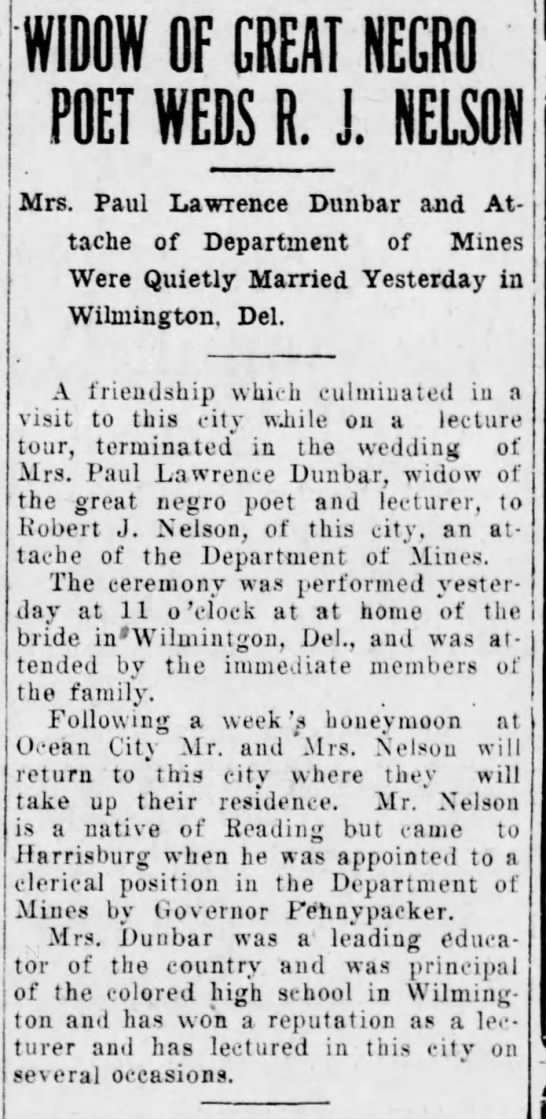
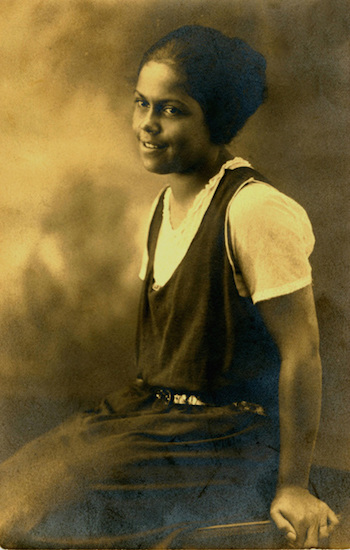
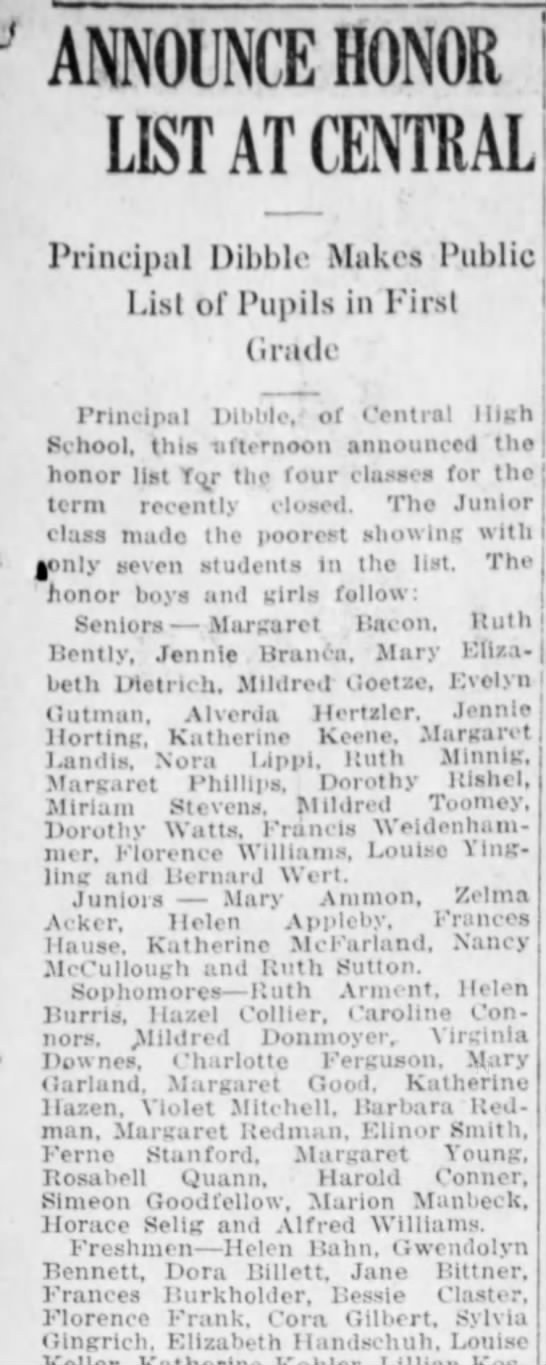
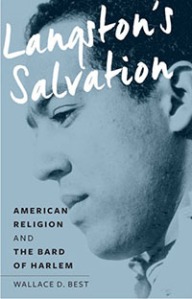
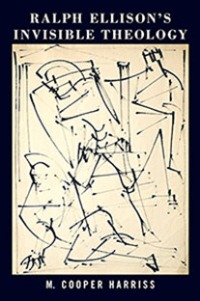
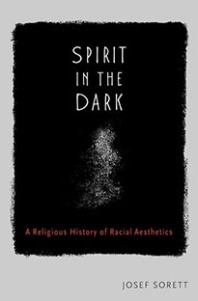 While reading literary criticism is not always a walk in the park, doing so can make our pleasures more aware and engaged, delivering enhanced or other pleasures, much as we might take pleasure in not only the scent of the air, but in being able to name the flowers and the trees and understand our relationship to them and theirs to one another.”
While reading literary criticism is not always a walk in the park, doing so can make our pleasures more aware and engaged, delivering enhanced or other pleasures, much as we might take pleasure in not only the scent of the air, but in being able to name the flowers and the trees and understand our relationship to them and theirs to one another.”